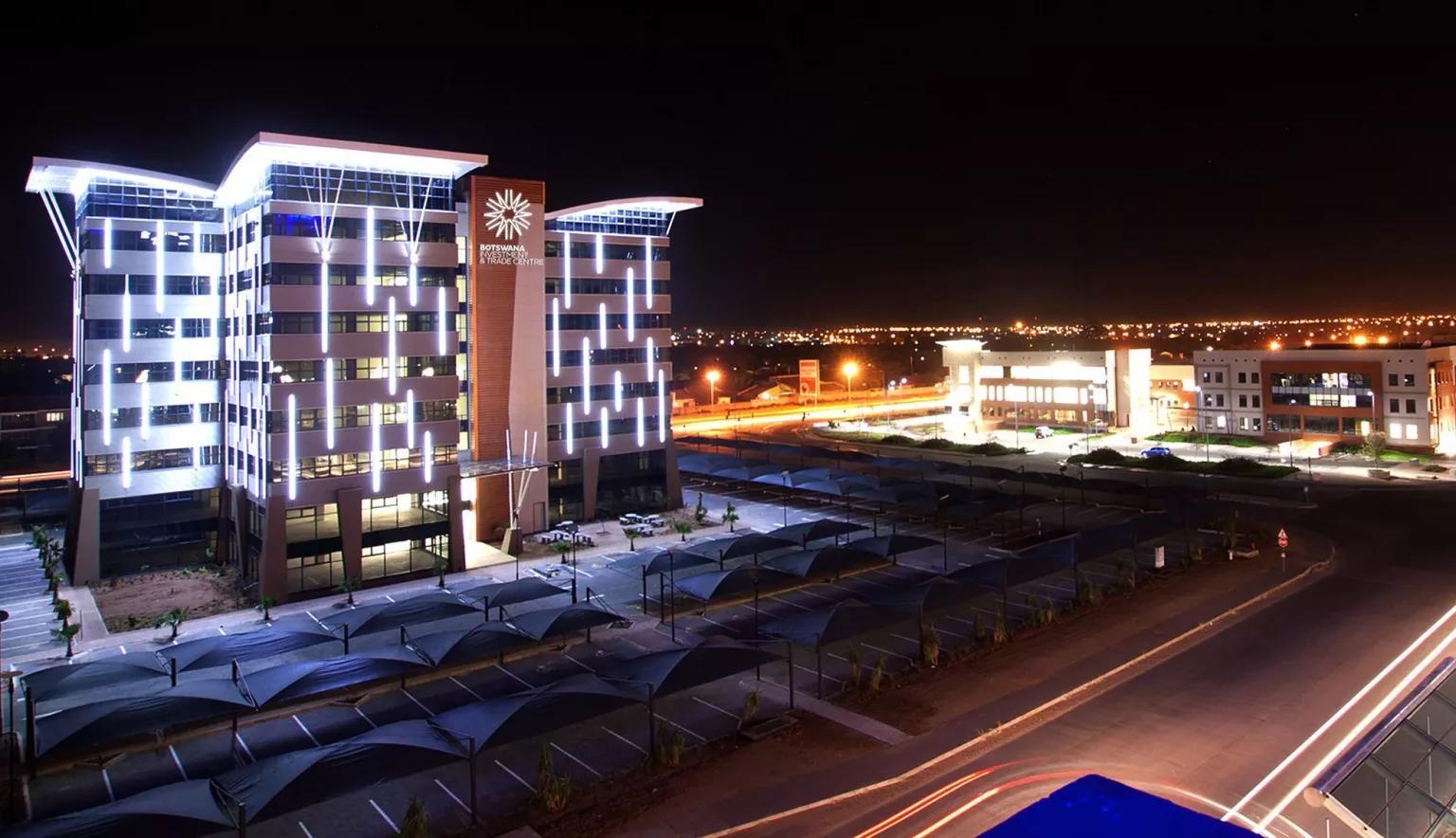Africa-Press – Botswana. In a bid to strengthen economic resilience, encourage diversification and maintain inflation amid prolonged economic downturn owing to global diamond markets, government has with effect from July 11, adjusted the Pula exchange rate to protect the economy and support exports.
Government reviews its exchange rate twice a year, adjusting it upwards or downwards through a crawling band exchange rate regime under which the Pula is pegged to a basket of currencies including the South African rand and another review of the pula’s exchange rate will happen at the end of the year.
Briefing the media recently, Ministry of Finance, acting secretary for macroeconomic and financial policy, Dr Sayed Timuno highlighted that the annual rate of crawl had increased from 1.51 per cent to 2.76 per cent, meaning the Pula would depreciate at a faster pace thus boosting Botswana’s exports and encourage local producers to produce.
“The trading margin has also widened from ±0.5 per cent to ±7.5 per cent, giving more room for the market to determine buy and sell rates. The Pula will remain pegged 50 per cent to the South African Rand and 50 per cent to the IMF’s Special Drawing Rights (SDR) basket, and the Bank of Botswana has increased the threshold for foreign currency trading with banks from US$1 million to US$5 million,” he said.
This, he said, was aimed at improving competitiveness of domestic industries internationally and help in maintaining domestic inflation within the 3-6 per cent range as well as help moderate the demand for foreign currency.
Mr Timuno stated that the stability of Pula exchange rate mechanism was nonetheless highly dependent on the availability of foreign reserves.
He said the recent decline in foreign exchange reserves, further worsened by the current macroeconomic environment, had the potential to compromise the stability of the exchange rate mechanism.
Botswana has typically held foreign reserves equal to more than 10 months of import cover, but reserves have been declining since 2018 and fell to a record low of 5.2 months in February this year, due to a decline in diamond revenue and other factors.
For More News And Analysis About Botswana Follow Africa-Press






